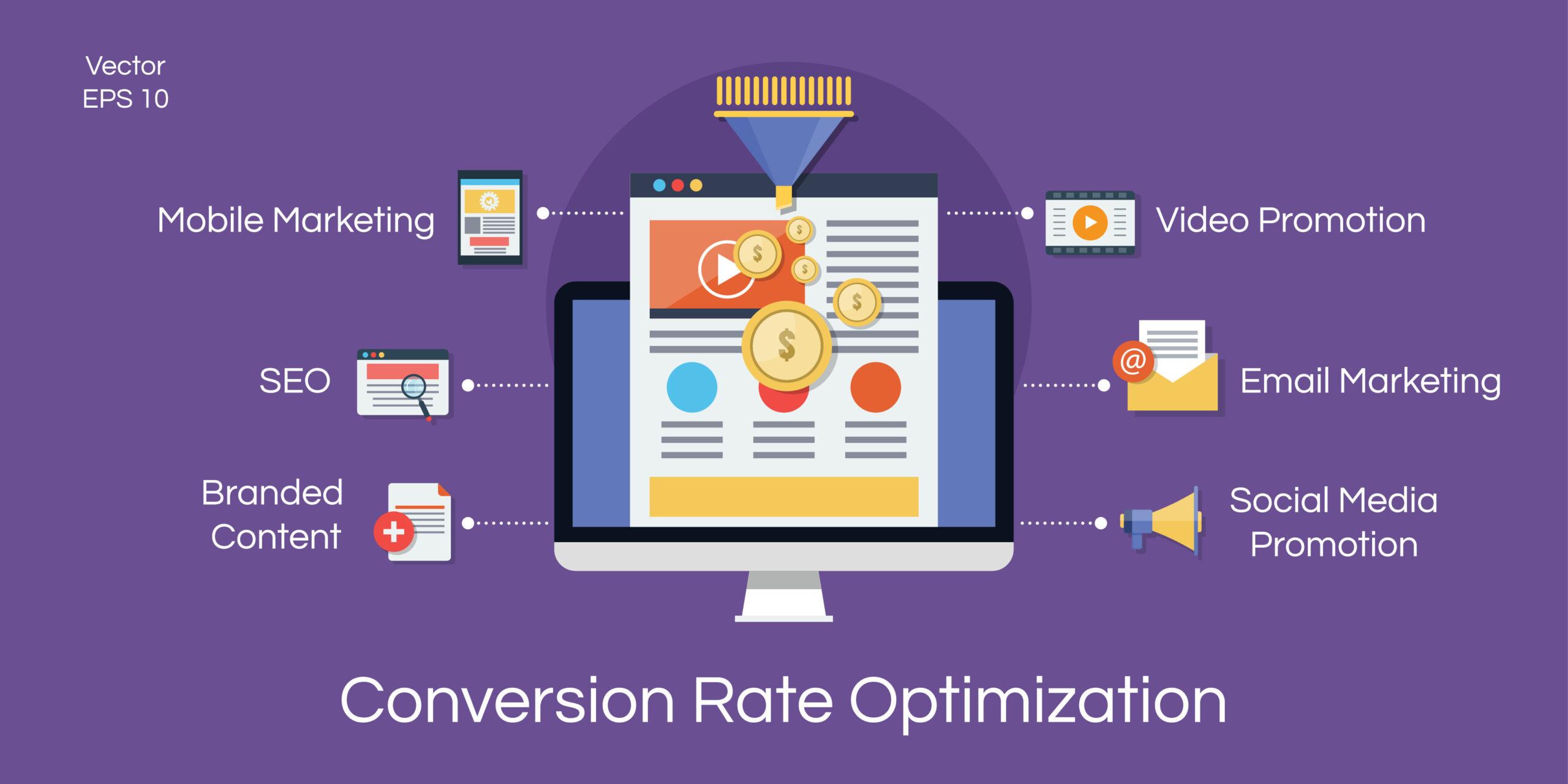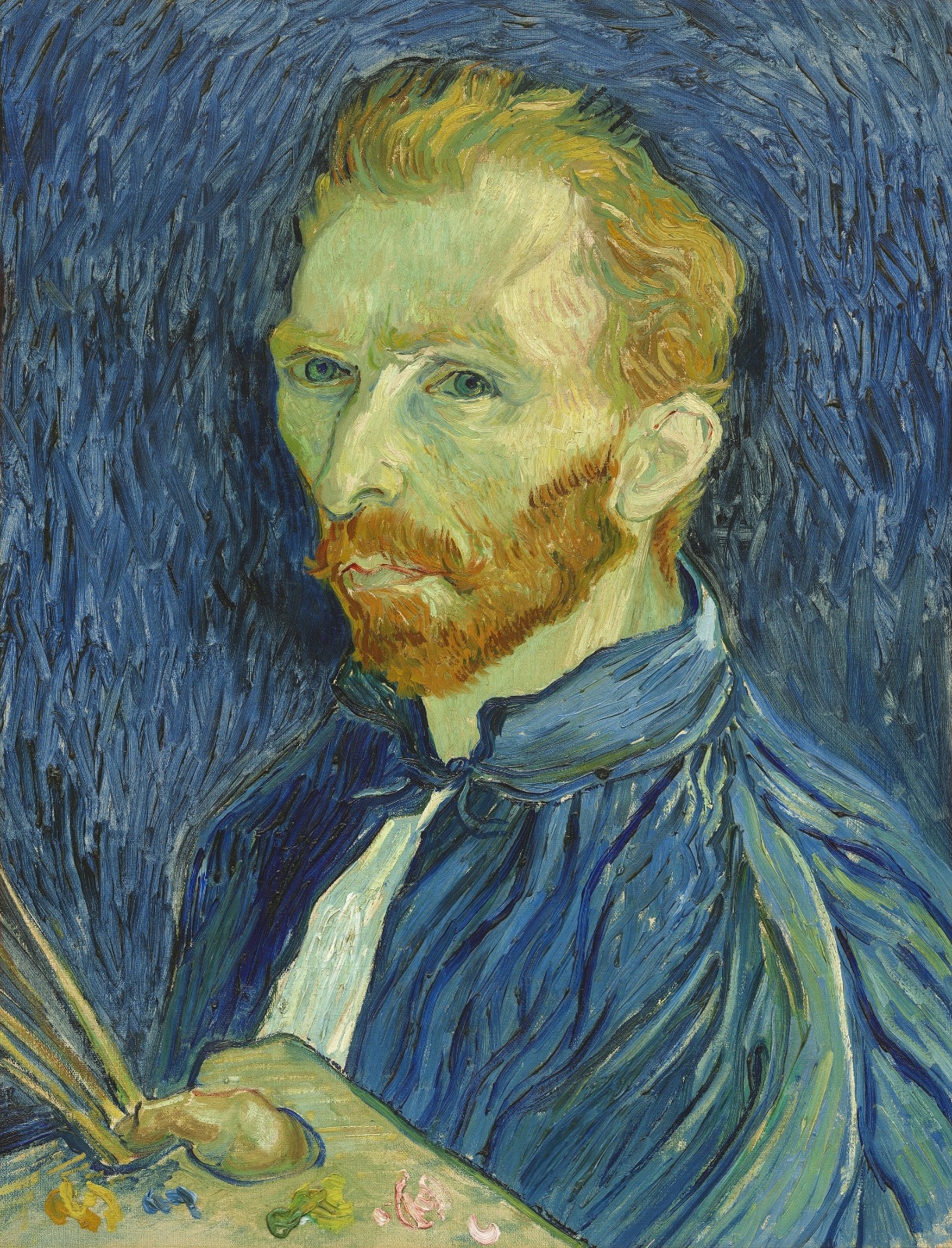
How Important is Conversion Rate Optimisation (CRO)?
Firstly, what is conversion rate optimisation (CRO)? Simply put, conversion rate optimisation is when you increase the amount of visitors to your website, that convert into leads.
Each business will define a conversion slightly differently. We will look at examples of conversion metrics in our blog post below. However you define them, it is important to set these metrics out clearly, so you can measure your growth.
Small tweaks here and there, on a website or landing page, can hugely improve your conversion rate optimisation. We look at this in more detail further on in the post. Also, we assess in depth, some different strategies for improving your CRO.
Conversion rate optimisation or CRO is an important part of a growth hack or growth strategy for any business. It is pointless to design a perfect PPC or social media campaign, which is driving lots of visitors to your site, if they don’t eventually convert to leads. In other words, they don’t behave as you want or expect them to. Understanding and reacting to customer behaviour is key.
Conversion rate optimisation (CRO), also leverages visitors, who are already in the awareness or acquisition phase of the Pirate Funnel, you can read more about this framework here. This tactic saves on acquisition costs and follows the growth hackers’ principles of maximising the AARRR funnel and capitalising on the whole customer journey.
Conversion Rate Calculation
We measure the conversion rate as a percentage. It is a straightforward calculation and we work it out it out by dividing the number of conversions by the number of visitors to a website and multiplying it by 100. For example if your website has 1000 visitors and 25 of them convert into leads, then your conversion rate is 25%. Having a numerical formula is helpful to determine the success of your marketing endeavours.
Clearly, you can also use this formula for a variety of conversions. For example, purchases, downloads, email list sign ups etc. This is especially helpful, if you really want to pinpoint your marketing efforts. Having a figure in percentage form, gives a clear indication of upward or downward trends.
As a rule of thumb, 12% is a good conversion rate for lead generation pages. This will vary depending on business, conversion metrics etc, but it is a good indicator to start off with.
Determining Your Conversion Metrics
To grow a business, you first need to determine the metrics that really matter for the success of your company. And then you need to measure, analyse, hypothesise and work out how you can maximise those metrics.
For instance, you may notice that if someone signs up for your newsletter, then a significant amount of those sign ups, go on to become paying customers. Therefore, measuring the amount of visitors to your website, who sign up to your email list is an important conversion metric.
As we mentioned in our introduction, different companies will use different metrics to determine success. If you’re positioning yourself as an expert in your field, then you may measure your conversions as white paper downloads. A social media platform will look at sign-ups to their platform. Or you may measure a simple purchase as a conversion. However you measure your metrics, it is important to identify them and continue to measure and analyse.

Ways to Optimise Conversions
Once you have identified your conversion metrics and have started to measure them, you should also start to look at how to optimise your conversion rate. Analytics, as well as customer feedback will help you to understand current user behaviour.
Heat Maps
A heat map is a very useful tool to have available for optimising your website for lead conversion. It is a visual analytical tool and it shows user behaviour on your website. It does this through the use of warm to cool colours. You can use it to analyse which pages the user visits most. Or to see where users click the most on the site. And how far they scroll down a page. In addition, you can see the user journey through the site.
There are different types of website heat maps. For example:
- Scroll heat maps – these will show you how far down a page your users are scrolling.
- Click heat maps – this type of heat map shows how often and where users are clicking on a screen. It is a really helpful tool to work out where and how your users are engaging with your website pages.
- Mouse movement heat maps – this heat map creates a visual representation of data from mouse movement. In other words, how the user navigates around your website.
Pin Point Areas to Optimise
Once you have collated your data (which by the way should be an ongoing exercise), you can start to really pin point areas of your website or landing pages to optimise. In the vein of growth hacking, you should always be testing and analysing your data and theories. Once you have thoroughly analysed your data, you can start to formulate hypothesis and ideas as to where you can improve and optimise your website for lead conversion. Below, are some possible areas you can tweak, add and optimise for conversion.
Website Content
Once you have had a good look at your heat maps, it may become clear that some areas of your website are less popular than others. In which case, really question whether you actually need those sections in your site. Simplicity is always best and areas, which are not attracting visitors, but are prominent on the website, could well be a distraction. Taking them out might just focus your visitor more, to take the desired action.
Prompt Your Audience Using Pop Ups
Pop ups are usually a call to action. They contain offers or prompts to encourage your visitors to do something you would like them to do. They pop up over the content on the website and are just a little push for your visitors.
For example if someone is debating whether or not to buy something from your site, an offer of a discount code, may just convince them. If you find, that someone is getting so far along the buying process, but abandoning before they buy, a discount code could help you to improve your conversion rate optimisation.
Using pop ups can prompt people to complete an action, before leaving your website. In turn, this can lead to positive conversion rate optimisation (CRO).
Form Fields
In order to sign up a client, you may require them to fill in a form. You can easily analyse if people are leaving the form unfinished and not signing up. First look at the form. Are all your customers abandoning in roughly the same spot? Can you simplify the form? Are you capturing your clients’ details early on in the process? If you are, then you can always go back to these customers and ask them why they didn’t complete the form. If nothing else, you will garner important insights. Think about how you can make life as easy as possible for your customers. In this way, they are more likely to fill in the whole form. Could you make the form multiple choice? Or at the very least simplify or shorten?
These very simple steps can make a big difference to the overall conversion rate.
A/B Testing
We have already extolled the virtues of the heat map and A/B testing is another area you can optimise from heat map analysis. If you change the copy on your site, and then analyse the heat map, you can see how the consumer behaviour changes depending on the text. In other words, if changing the script negatively or positively influences user behaviour. And make adjustments accordingly. Your call to actions (CTAs) can also be A/B tested to see, which version people prefer.
It can really be eye-opening to see the difference a small piece of copy can make. Also, there are no clear rules and your customers may behave completely differently to someone else’s. Constantly A/B test your headlines. And whatever you do, don’t stop testing. Consumer behaviour can change quite rapidly for no apparent reason. Don’t take anything for granted.
Create FOMO
Fear of missing out or FOMO, is a tried and tested marketing tactic, which can be used effectively for conversion rate optimisation (CRO). There are different ways to leverage FOMO. A countdown timer is a good tool to use. This is a very visual representation for a customer to perform an action before time runs out. Special offers with time limits can work well. As can sign ups with preferential treatment. For example, you can offer exclusive deals to customers who sign up to your email list or newsletter. Using the data you have, you can work out the best type of offer for you.
It’s just human nature. So don’t forget about FOMO when devising your plan for conversion rate optimisation (CRO).
Live Chat
Live chat can be a very useful tool for conversion rate optimisation. It offers a level of customer service, which may just convince your users to make that all important purchase. Visitors to your website are able to talk to your business directly, in real time. Being able to connect so easily with a representative of your company is very attractive to customers. Live chat can improve the customer experience and there is data to show if someone has a positive encounter on live chat, then they go on to make a purchase.
Word of Mouth
It is well known to us as growth marketers, that personal endorsement is very powerful for activation. In other words, for converting users to leads. There is nothing more convincing for customers than a seal of approval from friends or family. In this vein, adding positive reviews and testimonials from clients can help to improve our conversion rate optimisation (CRO).
It is Important to Know Your Business
Other methods may also work well for your business. They may be risky, which is why it’s so important to know your customers. Methods, such as money back guarantees can really improve your conversion rate optimisation, however, if your product isn’t good enough, then you risk losing money. As a consequence, your outcome will be the opposite of what you want. So just ensure your product or service is as a good as it can be.
Upselling or boosting sales at the point of purchase is another possible suggestion for improving your conversion rate optimisation.
Conclusion:
In answer to our initial question: How important is conversion rate optimisation? The answer is very important! If all your hard work in driving visitors to your website is falling down at the last hurdle, then you won’t fulfil your final goal of revenue. We refer again to the Pirate or AARRR Funnel, which represents the whole customer journey. As growth marketers or hackers, we are always looking at how to leverage the whole sales funnel. If potential customers are dropping off before activation and retention and eventual revenue then you are missing out on valuable business.
At Veksa, our marketing efforts are always centred around growth. Any user who comes to your website, should be captured, processed and turned into a returning customer, who refers you on to their friends and family. We also make sure that our marketing efforts are as efficient and cost effective as possible. Leveraging users at every part of their journey is crucial for effective growth marketing. Conversion rate optimisation helps you to maximise the earning potential from people who are already visiting your site. This is a lot easier than finding completely new customers. Also, conversion rate optimisation helps you to increase revenue from each visitor.
Pay Per Click, social media marketing as well as other digital marketing channels are costly and if you can leverage the users you already have, it makes much more sense. In addition, it streamlines your business to make it much more efficient.
If you would like some help to optimise your conversion rates and would like to speak to one of our experts, then please click below:




